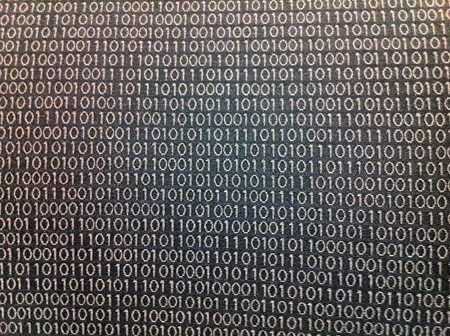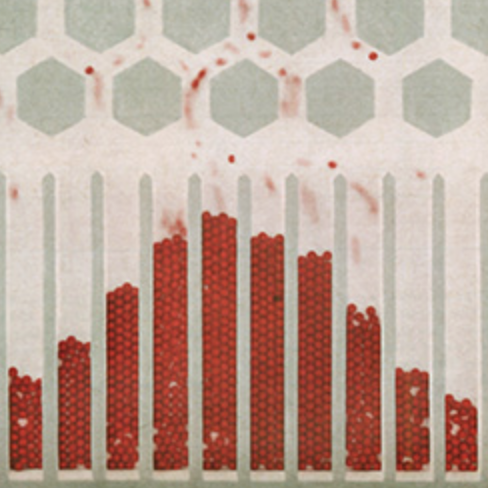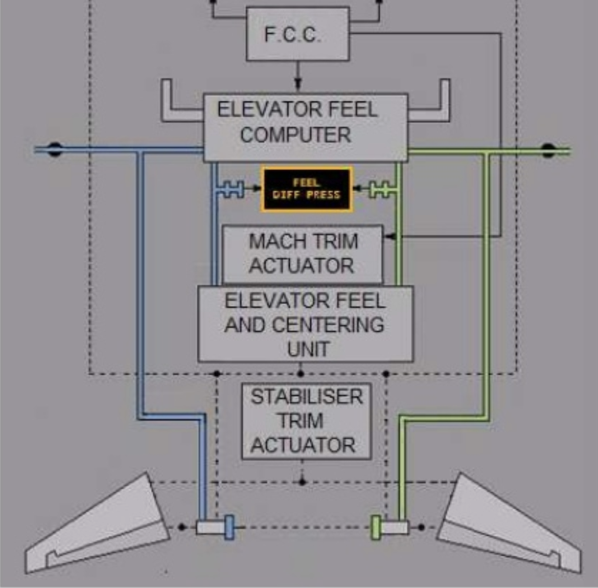Rediscovering America
by Brian Hayes
Published 5 February 2006
In today’s New York Times (registration required), Gina Kolata writes on rediscoveries and reinventions in the sciences. Her essay is based in part on the experience of Rakesh V. Vohra of Northwestern University, who has discovered that one of his own results has been rediscovered at least 16 times. Kolata also quotes Stephen M. Stigler of the University of Chicago, who points out that the very notion of repeated rediscovery is something that has been repeatedly rediscovered. (But Stigler modestly does not mention Stigler’s Law of Eponymy, which says that discoveries are never named for the people who first discovered them.)
In keeping with this theme of oft-repeated repetition, there’s a recent paper in the arXiv that re-covers some of the same ground. M. V. Simkin and V. P. Roychowdhury of the University of California at Los Angeles review 20th-century work on various probabilistic models, on the structure of networks, on branching processes in genetics and taxonomy, on self-organized criticality, and more. Over and over again, they find that things have been discovered over and over again. For example:
The distribution of words by the frequency of their use follows a power law. This fact was discovered sometime before 1916 by Estoup, re-discovered in 1928 by Condon, and once more in 1935 by Zipf. Nowadays it is widely known as Zipf’s law. To explain this observation, Simon proposed [a] model…. In 1976 Price used Simon’s model to explain a power-law distribution of citations to scientific papers, which he discovered in 1965. He proposed to call it “cumulative advantage process”. Simon’s model was re-discovered in 1992 by Günter et al and in 1999 by Barabasi and Albert. In the latter case it acquired a new name: “preferential attachment”.
(In the quotation above I have silently elided several references, as well as a long passage describing Simon’s model.)
Although Simkin and Roychowdhury don’t say so directly, I get the impression that they take a dim view of all this rediscovery, seeing it as wasteful duplication of effort. But it’s time for someone to stand up in defense of rediscovery. When we find that the same mathematical law turns up in distant realms of life, that in itself is a discovery of some note, and surely worth rediscovering a time or two. Simkin and Roychowdhury conclude: “We estimate that scientists are busy re-discovering America about 2/3 of time.” I would respond by quoting Alvin E. Roth and Marilda A. Oliveira Sotomayor, in Two-sided Matching: A Study in Game-theoretic Modeling and Analysis:
Columbus is viewed as the discover of America, even though every school child knows that the Americas were inhabited when he arrived, and that he was not even the first to have made a round trip, having been preceded by Vikings and perhaps by others. What is important about Columbus’s discovery of America is not that it was the first, but that it was the last. After Columbus, America was never lost again; no subsequent explorers can claim its discovery.
Update: Soon after writing the above I discovered that the Kolata article had already been discovered by Lance Fortow, who also (will coincidence never cease?) quotes another version of the Columbus quote.
Publication history
First publication: 5 February 2006
Converted to Eleventy framework: 22 April 2025



